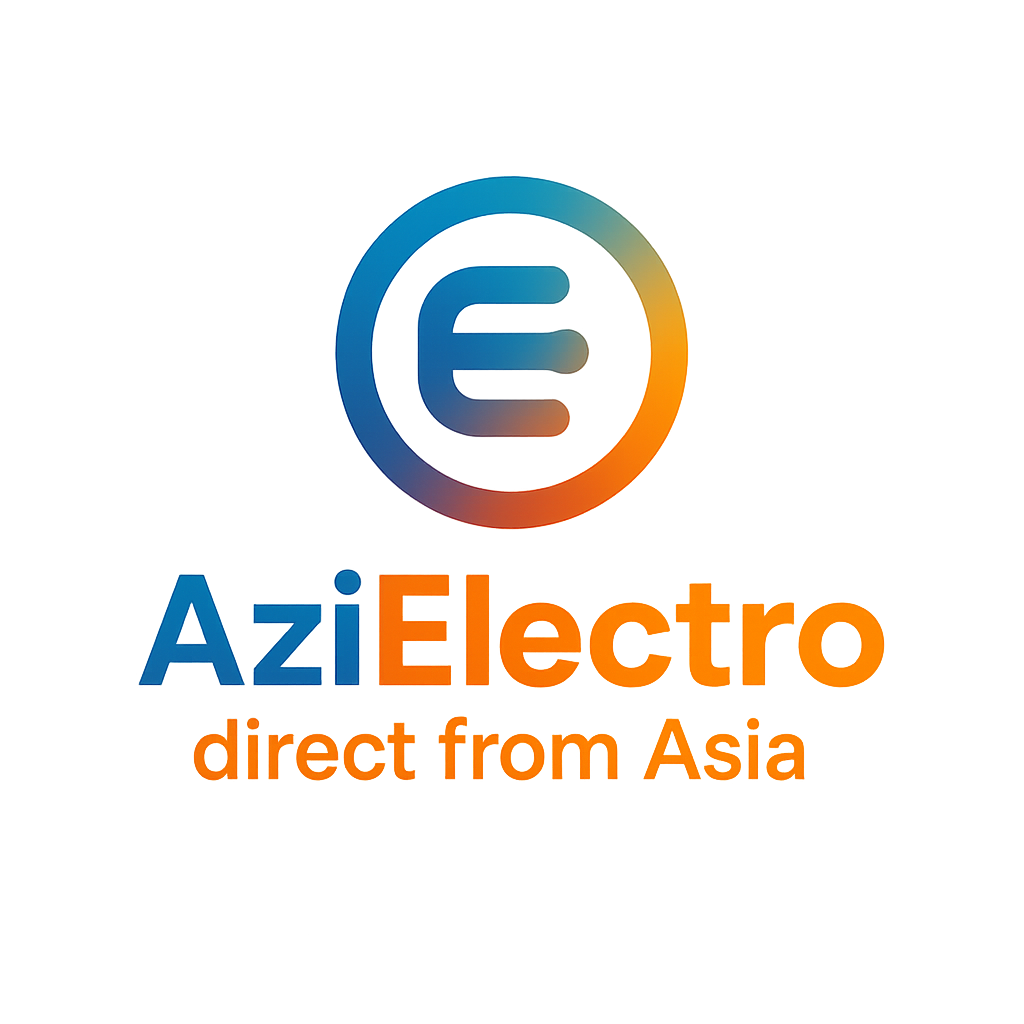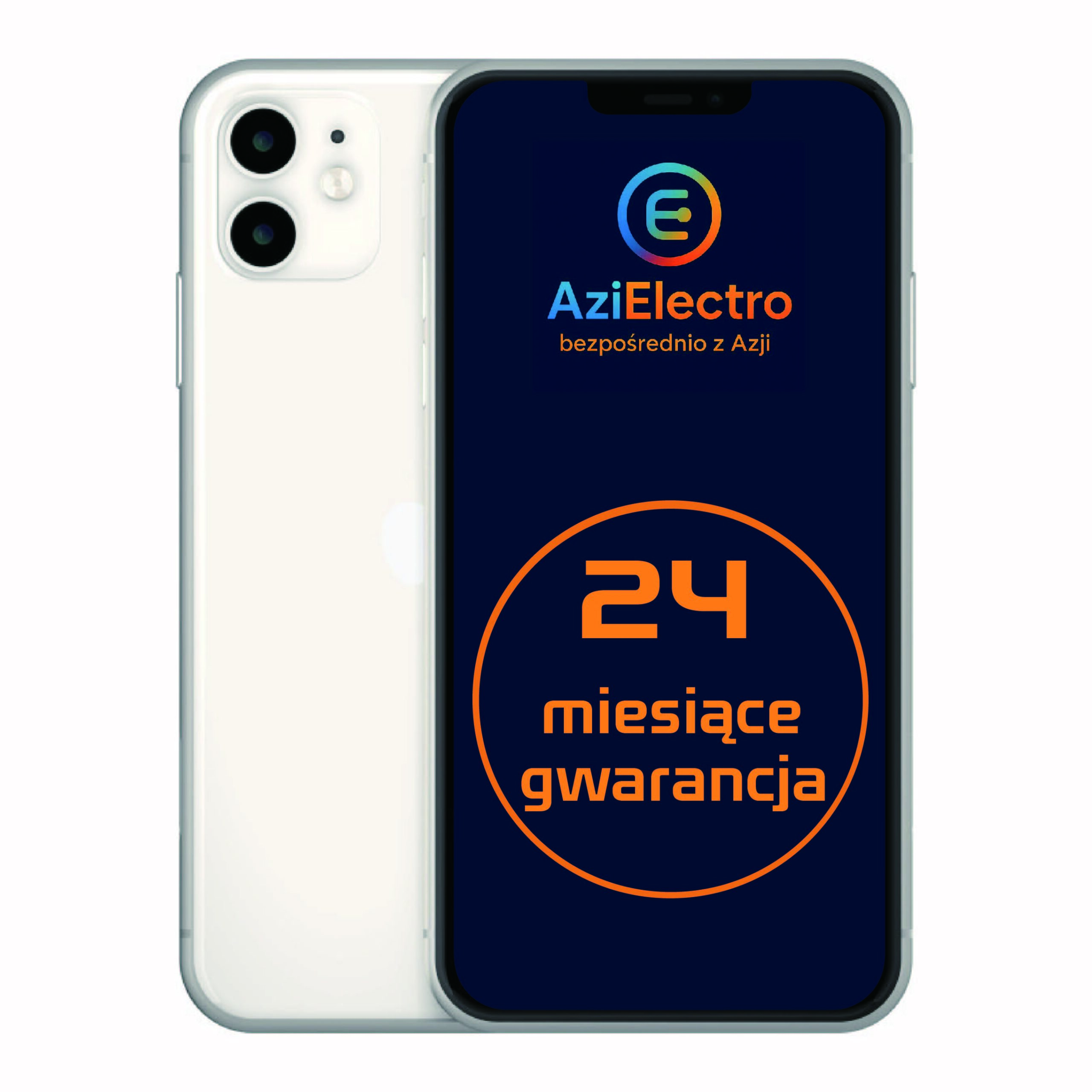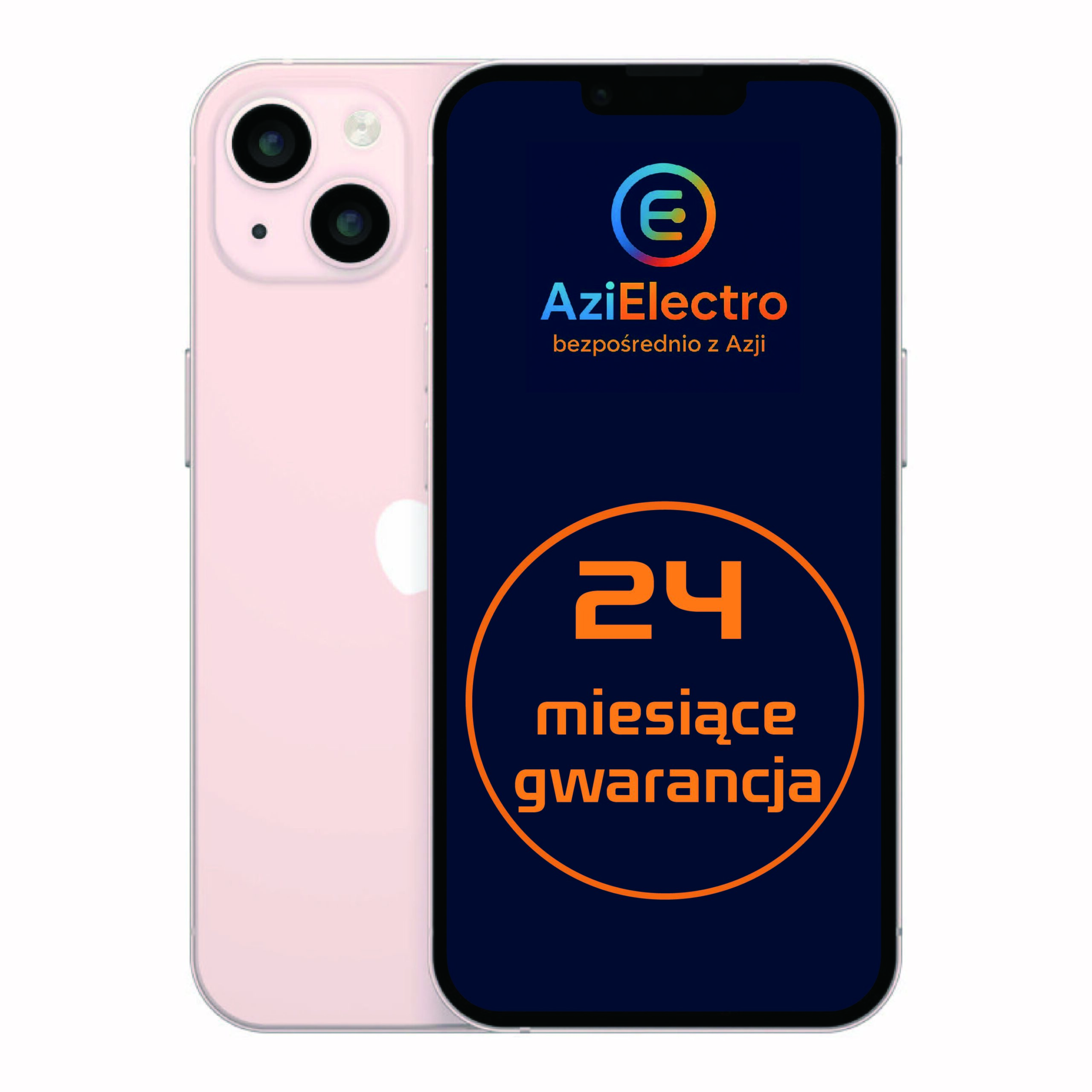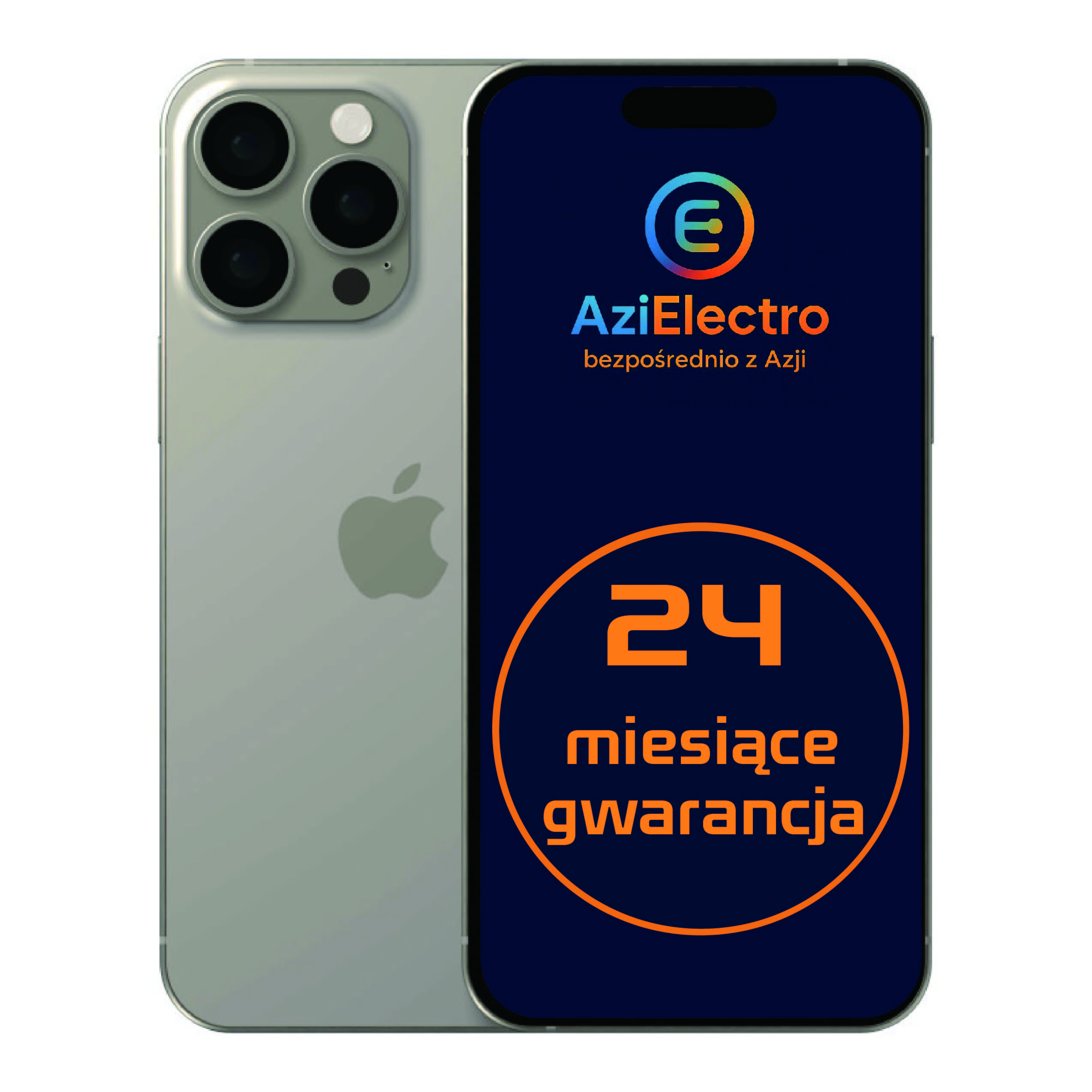iPhone 11 to iPhone 16 (All models)
Looking for a low price iPhone without compromising on quality? You’re not alone. Many people in Poland and across Europe want to enjoy the premium Apple experience at an affordable cost. iPhones are known for their sleek design, powerful performance, and long-lasting software support, but the price can often feel out of reach. That’s why finding a low price iPhone deal is the smartest way to upgrade your smartphone without overspending.
Apple’s iPhone lineup from the iPhone 11 through the iPhone 16 Pro Max represents the major 2019–2024 generations of iPhone, with each generation adding new hardware and features. For Europe (including Poland), all these models support local 4G/5G bands, dual‑SIM (nano‑SIM + eSIM), and European emergency services (112). In fact, recent EU regulations directly influenced the iPhones: for example, starting with iPhone 15 Apple switched to USB‑C charging in compliance with the EU’s common charger law. Each iPhone in this range runs iOS with Polish language support and offers features like Face ID, Apple Pay, and wireless charging. Below we overview each series (11 through 16) and their key features.
iPhone 11 Series (2019)

The iPhone 11 family (Sept 2019) consists of iPhone 11 (6.1″ LCD) and the higher-end iPhone 11 Pro/Pro Max (5.8″/6.5″ OLED). All use Apple’s A13 Bionic chip. The iPhone 11 has a dual 12 MP camera system (Wide + Ultra-Wide) and up to 1 hour more battery life than its predecessor. It came in six colors and retained the Liquid Retina (IPS) display at 326 ppi. The 11 Pro models introduced a triple-camera system (Wide, Ultra-Wide, Telephoto) with Night mode and 4K/60fps video, plus a brighter Super Retina XDR OLED display. Apple touted the 11 Pro/Max as “the most powerful and advanced smartphones ever” with the fastest mobile chip (A13) and the longest battery life yet. All iPhone 11 models have a durable glass-and-aluminum (Pro uses stainless steel) body, and are IP68 water-resistant (2 m for 30 min). Note that iPhone 11 does not support 5G (only 4G LTE), whereas starting with the iPhone 12 series Apple added 5G (see below).
iPhone 12 Series (2020)

Launched Oct 2020, the iPhone 12 family brought a major redesign (flat edges) and 5G support. It includes iPhone 12 mini (5.4″ OLED), iPhone 12 (6.1″ OLED), and the Pro models (12 Pro/Pro Max with 6.1″/6.7″ OLED). All models feature a new edge-to-edge Super Retina XDR OLED display with Ceramic Shield glass (4× tougher drop performance). The base iPhone 12/mini use a dual 12 MP camera setup (Wide + Ultra-Wide) and are powered by the A14 Bionic chip. Compared to iPhone 11, Apple promoted iPhone 12 as ushering in “a new era” with 5G connectivity and improved computational photography. Other additions include MagSafe wireless charging and accessories. The 12 Pro/Pro Max models add a Telephoto lens (up to 2.5× on Pro Max), LiDAR scanner (improves low-light focus and AR), and larger sensors. All iPhone 12 models are IP68-rated and come with dual‑SIM (nano + eSIM). In Europe, 5G coverage was just rolling out when iPhone 12 arrived, and this model supports the 5G bands used in EU (non‑mmWave). (Apple’s press release emphasizes the A14 chip and dual-camera as “innovative features”.)
iPhone 13 Series (2021)

iPhone 13 and iPhone 13 mini (Sept 2021) refined the 12’s design and improved cameras and battery. They kept the flat-edge aluminum frame and Super Retina XDR OLED screens (6.1″ and 5.4″) but made the notch smaller and the screens brighter (+28% outdoor brightness). Both use the A15 Bionic chip (new 6-core CPU, 4-core GPU) which Apple calls “a powerhouse”. The dual-camera system was upgraded with larger sensors: the new Wide camera has 1.7 µm pixels and sensor-shift OIS (from 12 Pro Max), yielding up to 2.5× better low-light performance. Notably, Apple introduced Cinematic mode (rack-focus video) and Photographic Styles. Battery life also improved: iPhone 13 was rated for ~2.5 hours more use than iPhone 12, and 13 mini ~1.5 hours more. Storage now starts at 128 GB. iPhone 13 models remain IP68 and use Lightning connectors. For Europe, these phones work on all EU networks (with 5G) and support multi-language Siri/keyboard. Apple described iPhone 13/13 mini as having “the most advanced dual-camera system ever on iPhone” with big leaps in low-light and video features.
iPhone 13 Pro Series (2021)
The iPhone 13 Pro and 13 Pro Max (Sept 2021) pushed capabilities further. They have 6.1″/6.7″ OLED screens with ProMotion 120 Hz refresh (variable), making scrolling and animations smoother. Like the 13, they use A15 Bionic (but with a 5-core GPU), and support identical crash detection/safety features. The camera system is triple-lens: new Ultra-Wide (ƒ/1.8, auto-focus), new Wide (1.9 µm pixels, ƒ/1.5) and 3× Telephoto (77 mm). Macro photography became possible via the Ultra-Wide lens. Apple claims the 13 Pro lineup has its “best camera system ever” and the “best battery life ever” (especially the Pro Max). They introduced features like ProRes and Dolby Vision video capture. In summary, iPhone 13 Pro/Max have the fastest chips and most advanced cameras in the 11–13 range. All 2021 iPhones (13/13 Pro) support dual SIM (nano + eSIM) in Europe and carry on with Lightning charging.
iPhone 14 Series (2022)
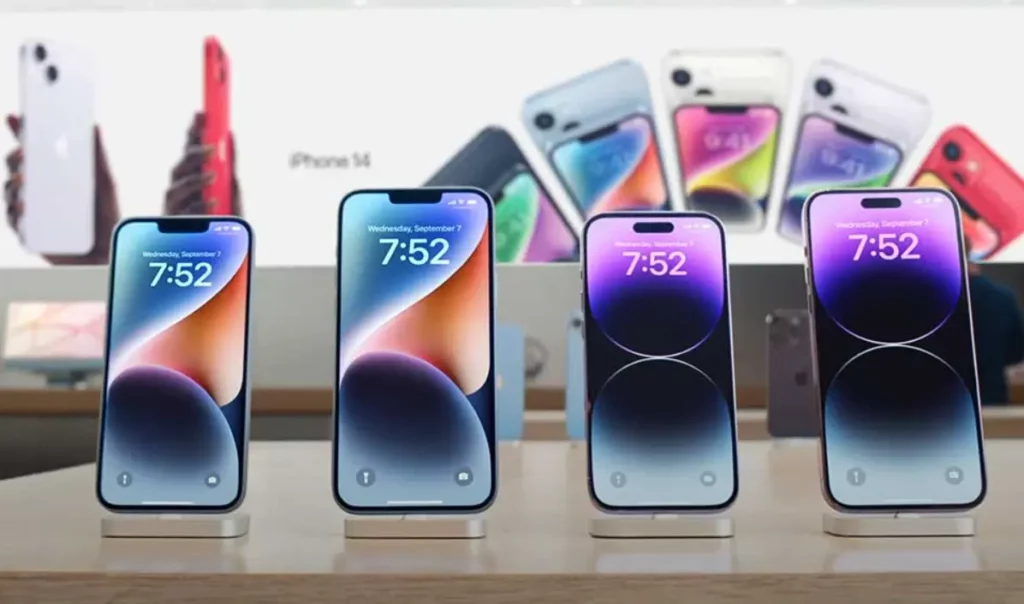
In Sept 2022 Apple launched iPhone 14 (6.1″ OLED) and iPhone 14 Plus (6.7″ OLED). These keep the flat-edge design and use the A15 Bionic chip (same 5-core GPU as last year’s 13 Pro). The main camera sensor was made larger (12 MP with bigger pixels) and a new front TrueDepth camera (ƒ/1.9) was added, improving photo quality especially in low light via a new “Photonic Engine” image pipeline. Safety saw a big upgrade: all 14 models (including Plus) gained Crash Detection (car accident recognition) and Emergency SOS via satellite for off-grid help. Battery life is strong – Apple noted the 14 Plus has “the best battery life ever” in an iPhoneapple.com. Both 6.1″ and 6.7″ screens are Super Retina XDR OLED (peak HDR 1200 nits, 2,000,000:1 contrast), and the phones remain IP68. Notably, unlike the U.S., European models of iPhone 14 still include a physical SIM slot (US got eSIM-only 14). The 14/14 Plus still use Lightning charging. In Europe (and Poland), these phones support all local 5G bands and ship with European warranties and language settings.
iPhone 14 Pro Series (2022)
The iPhone 14 Pro (6.1″) and Pro Max (6.7″) introduced the Dynamic Island – a new pill-shaped interactive notch – and an Always‑On display (first for iPhone). They are powered by Apple’s A16 Bionic chip (4 nm), and debut a 48 MP main camera with quad-pixel sensor (combining to 12 MP output or optionally 48 MP for high-res shots). A16 enables faster performance and efficiency. With new Ultra-Wide (ƒ/2.2, auto-focus) and a better Telephoto lens, photo and video low-light performance improved dramatically. Apple emphasized that 14 Pro/Max had “the biggest leap ever for iPhone” with these features, along with built-in emergency functions (Crash Detection, satellite SOS). The Super Retina XDR ProMotion OLED can refresh at 1–120 Hz and reach 2,000 nits peak brightness. All 14 Pro models are IP68 and use stainless steel frames. In Europe, iPhone 14 Pro models sold in Poland have the same features (including Dynamic Island) and come unlocked (or via carriers) with EU-compliant software.
iPhone 15 Series (2023)

In Sept 2023 Apple’s iPhone 15 lineup brought more changes, especially at the Pro end. The standard iPhone 15 (6.1″) and 15 Plus (6.7″) have a redesigned aluminum body with a color-infused matte glass back and contoured edges. Both models include the Dynamic Island and a new 48 MP main camera (with a 24 MP default), plus a 12 MP Ultra-Wide. For the first time, Apple added an “optical-quality” 2× Telephoto in software (by cropping the 48 MP sensor) giving three distinct zoom levels. Apple also introduced “next-generation Portraits” (auto depth capture) and brighter Super Retina XDR displays (up to 2000 nits). Notably for Europe, the iPhone 15 series finally switched to USB‑C charging, complying with the EU common charger mandate. The iPhone 15 uses the previous-generation A16 Bionic chip (same as 14 Pro) for proven performance. An interesting new feature is Roadside Assistance via Satellite, which lets users contact AAA (in the US) over satellite in case of car trouble. iPhone 15/15 Plus remain IP68 and use MagSafe wireless charging. Apple positioned 15/15 Plus as incremental upgrades – better cameras, new colors, and USB‑C – over iPhone 14.
iPhone 15 Pro Series (2023)
The iPhone 15 Pro (6.1″) and 15 Pro Max (6.7″) introduced the first full titanium iPhone bodies and a new Action Button (replacing the mute switch) for quick access to actions. They run the new A17 Pro chip (the first 3 nm Apple silicon) for even higher CPU/GPU/Neural Engine speeds. Camera-wise, the 15 Pro models continue with 48 MP sensors (with 24 MP default) and bring a quad-lens “seven-pro-lens” system: on top of the wide and ultra-wide, the Pro Max adds a 5× optical zoom (120 mm telephoto) – a first for iPhone. Apple reports that the A17 Pro unlocks “next-level gaming experiences” (with hardware ray tracing), and that USB‑C now supports USB 3.0 speeds (20× faster than USB 2) for high-resolution video output and pro workflows. Both 15 Pro models have Always‑On ProMotion OLED screens (120 Hz) and all-day battery life. They launched in new titanium finishes. In effect, the 15 Pro/Max are “the most pro” iPhones, with the fastest chip and best cameras to date. Europeans buying iPhone 15 Pro get the same USB‑C and Action Button features, and can charge AirPods/Watch from the phone thanks to the new connector.
iPhone 16 Series (2024)

In 2024 Apple released the iPhone 16 lineup (typically in Sept 2024). Early reports indicate the iPhone 16 Pro and Pro Max continue the trend with slightly larger screens (about 6.3″ and 6.9″) and an even faster A18 Pro chip. Leaks and MacRumors reports suggest new features like a camera control button on the Pro models, an updated 48 MP Ultra Wide lens, Wi‑Fi 7 support, and longer battery life. The iPhone 16 Pro Max still leads with the biggest display and longest endurance, while the 16 Pro offers similar upgrades to the 15 Pro. By 2025, Apple has already launched iPhone 17, so iPhone 16 (2024) models are sold at discounted prices as earlier generation devices. For Europeans, iPhone 16 series would continue to use USB‑C (as with iPhone 15) and support local network bands. (Official specs for iPhone 16 are not confirmed beyond these announcements and rumors, but it’s expected they refine the Pro features above.)
Choosing and Using iPhone 11–16 in Poland/Europe
For buyers in Poland and Europe, all these iPhones are compatible with local carriers (Orange, T‑Mobile, Play, etc.) as unlocked or via contract. They support EU‑specific features like emergency SOS (112) and the Polish/European language options for Siri and keyboards. Price-wise, older models (11–13) drop significantly once new ones launch; many Poles choose slightly older iPhones for value. All these models share core features: Face ID, Retina screens (OLED on all except iPhone 11 LCD), and wireless charging. Apple’s regional software ensures eSIM works with European carriers, and dual‑SIM is available in Poland (nano‑SIM + eSIM). Battery life varies by model: larger Plus/Max versions (14 Plus, 15 Plus, 13 Pro Max, 15 Pro Max) pack the biggest batteries and longest runtimes. For example, Apple notes iPhone 14 Plus has the best battery life ever in an iPhone. In any case, newer models (15/16) benefit from incremental improvements, while even iPhone 11 (2019) still runs current iOS and is serviced by Apple.
FAQs
Q: Which iPhones support 5G networks?
A: All iPhone 12 or later models support 5G. Apple introduced 5G connectivity with the iPhone 12 series in 2020. The iPhone 11 (2019) and earlier are 4G‑only. In Europe, 5G coverage is provided by most carriers, and iPhone 12‑16 will work on those networks (note US models also had mmWave, which Europe mostly does not use).
Q: Which iPhones have an Always-On display?
A: Always-On display is only available on Pro models starting with iPhone 14 Pro (introduced Sept 2022) and later. iPhone 14 Pro/Pro Max and all newer Pro/Pro Max iPhones (15 Pro, 16 Pro) support Always-On mode on their OLED screens. Regular (non‑Pro) models like iPhone 15 and earlier do not offer Always‑On.
Q: Do iPhone 15 and 16 use USB-C or Lightning connectors?
A: iPhone 15 series and newer use USB‑C. Apple switched to a USB‑C port starting with the iPhone 15 (2023) to meet EU charger regulations. So iPhone 15, 15 Plus, 15 Pro, 15 Pro Max and iPhone 16 models have USB‑C. All earlier models (11–14) use Apple’s Lightning connector.
Q: What is the difference between iPhone Pro and standard models?
A: Pro models (e.g. 13 Pro, 14 Pro, 15 Pro) generally have more advanced cameras, materials, and displays than their same-number counterparts. For example, Pro models have a triple-lens camera (including Telephoto), LiDAR sensor, and support higher-end video modes, whereas standard models have dual lenses (Wide and Ultra-Wide). Pros also use stainless steel or titanium frames (more durable) vs aluminum on base models, and feature a 120 Hz ProMotion OLED screen (non‑Pros are 60 Hz). In short, Pro/Pro Max are built for “the pros” with the fastest chips and best cameras.
Q: Are iPhone 11–16 models dual-SIM capable?
A: Yes. All iPhones from the iPhone XS/11 generation onward support dual SIM: one physical nano‑SIM and one eSIM. In practice, that means any iPhone 11, 12, 13, 14, 15 or 16 you buy in Poland or Europe can hold two lines (useful for travel or separate personal/work lines). Note: US iPhone 14 (2022) was eSIM‑only, but European iPhone 14 had a SIM tray and eSIM.
Q: Which iPhone model in this range has the longest battery life?
A: The Plus/Max models generally last longest, because they have the biggest batteries. For instance, Apple reported that the iPhone 14 Plus (6.7″) achieved “the best battery life ever” in an iPhone, and the 15 Plus likewise tops its lineup. Among Pro models, the largest (Pro Max) versions also excel. In use, any 14/15/16 Plus or Pro Max will outlast their smaller or standard siblings.
Q: Will these iPhones still get software updates?
A: Apple typically supports iPhones with iOS updates for about 5–6 years. All iPhone 11–15 models currently run iOS 17 (as of late 2023) and are expected to receive at least a few more major iOS releases. For example, iPhone 11 (2019) was still receiving iOS 17 in 2023. So even the oldest model listed (iPhone 11) will remain secure and functional for several years.
Sources: Apple’s own press releases and technical overviews of each modelapple.comapple.comapple.comapple.comapple.comapple.comapple.comapple.com, as well as updates from tech news (MacRumors)macrumors.commacrumors.com and the iPhone Wikipedia pageen.wikipedia.org, were used to compile these details. Each fact cited above is from those sources.
Check our other apple products. iPads, Apple Watch.




